Cusps to the Rescue—Hybrid Clouds
The cloud is not new. Nor are the arguments for and against using the private or public cloud going anywhere. All standpoints seem valid. The fears are real and tenable. The solution seems to lie in the creation of the cusp—the hybrid cloud—that resolves the problems and confers the benefits of the cloud. Therefore, it is no wonder that hybrid clouds and discussion on hybrid clouds are dominating the scene.
Hybrid cloud can be simplistically defined as a multi cloud scenario in which the organization uses a Private cloud plus a Service Provider cloud to store and retrieve information. But, it is obvious that these environments will have to be built differently, operated differently and consumed differently. The resources that are allocated to users are no longer static and may be delivered from different locations at any given point in time. The delivery of service is end-to end and convenience is the priority.
The implication is that information delivery constructs; information protection needs, security policies or control systems are manifestly different from those adopted for private or public clouds. The application delivery requirements or application integration needs are distinct.
Clearly, information logistics is a valid concern in the hybrid cloud. A lot of information is going to be moved around the network and it must be available at the right location at the right time over the hybrid cloud. Organizations will have to have an understanding of their data and their usage patterns. They will have to appreciate the cost of moving data around; the risks involved and also ensure that the users have a pleasant experience in accessing and using the data. All this requires the use of several new technologies and better tools.
Information protection and security are of paramount importance. Different protection levels will have to be built in for different types of data in a hybrid cloud scenario. All data is not equal and some data is more important than others. There will have to be mechanisms which ensure that data is continuously protected and accessible to the authorized.
Application service delivery in a hybrid cloud can be complicated. Most applications will be a mix of internal and external components and end to end delivery of the application may become critical. Finally application integration may require extensive customization to create value for the organization.
We, at Data Deposit Box, can help you build a hybrid cloud strategy and hand hold you through the process of setting it up. Contact our support team for more information.

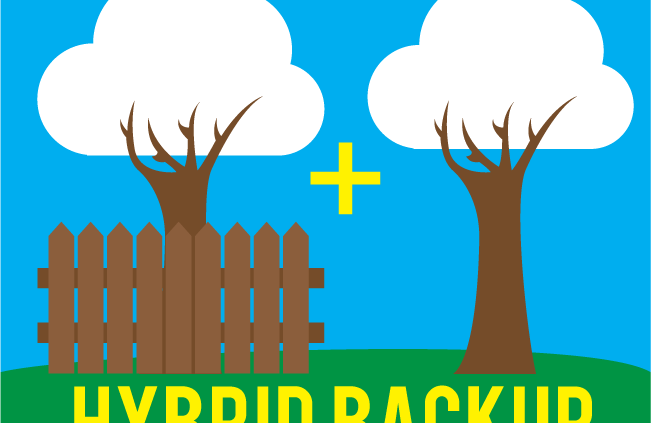
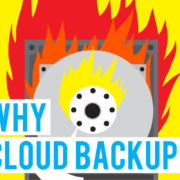

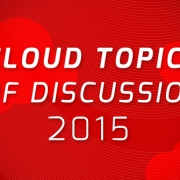


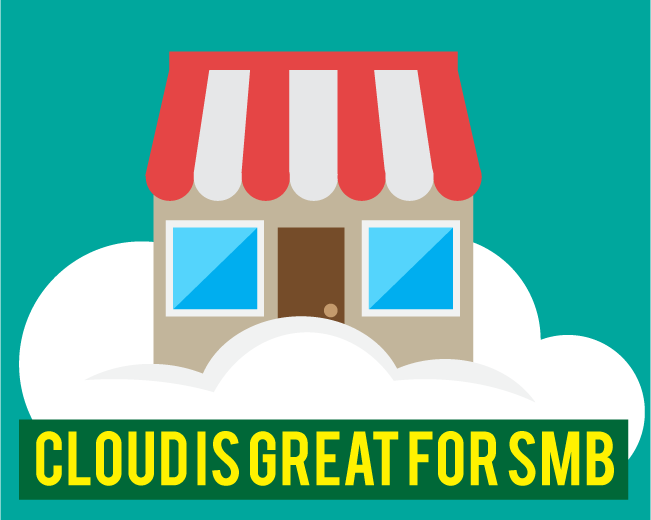
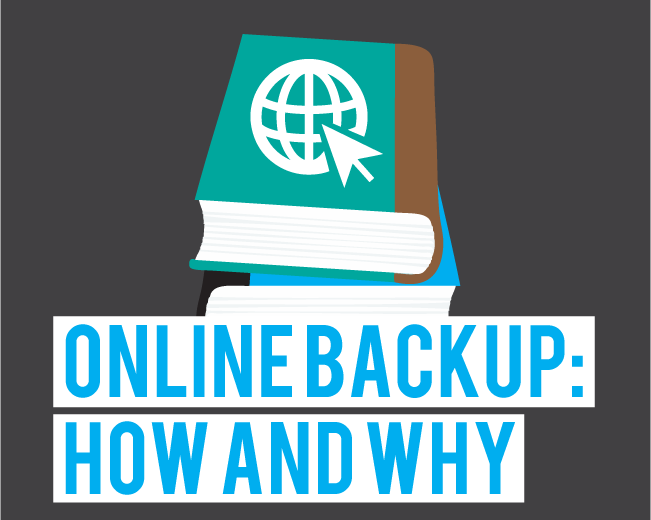
Leave a Reply
Want to join the discussion?Feel free to contribute!